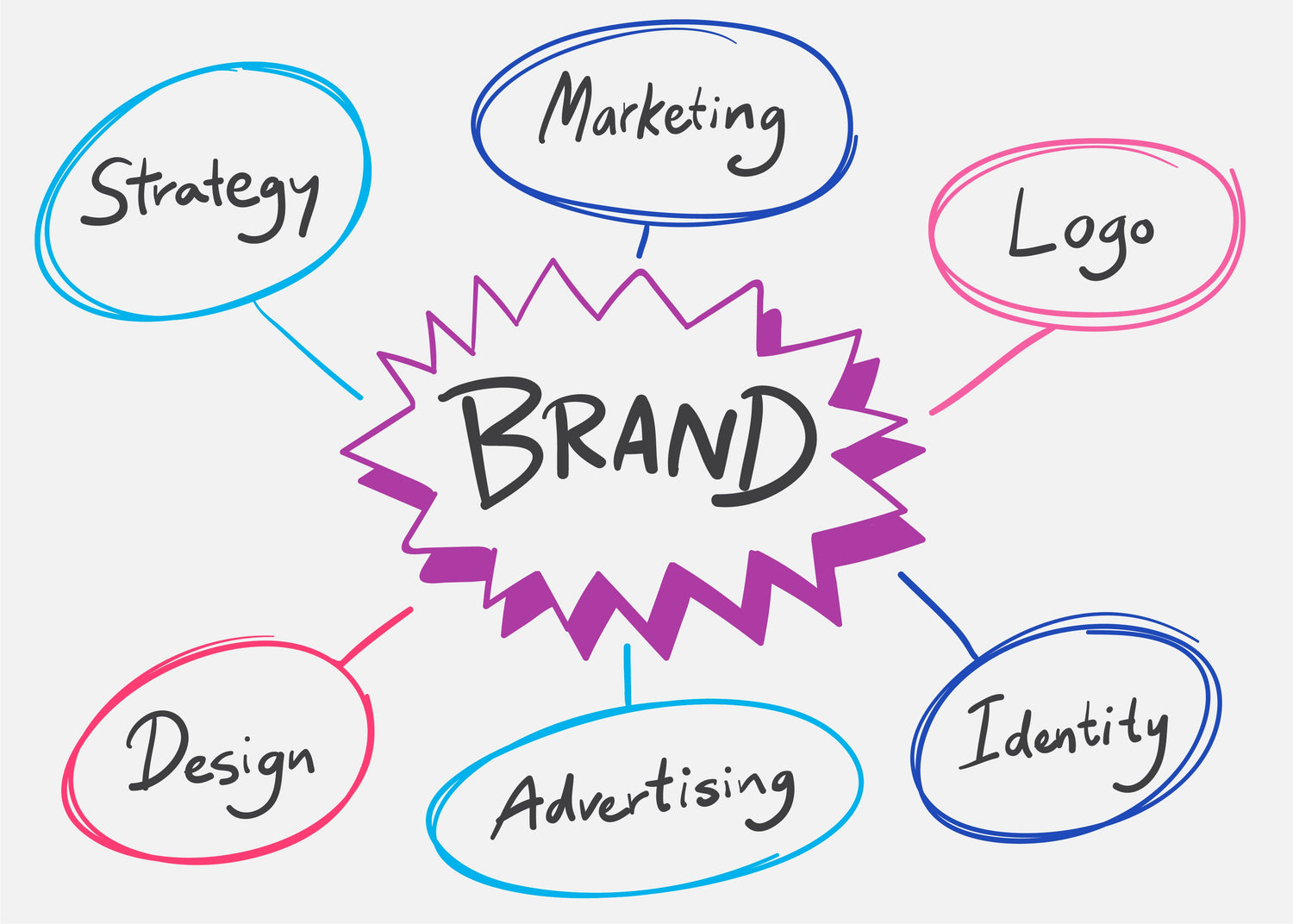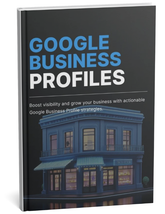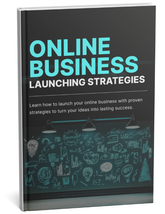
Why Your Brand's Story is Your Most Powerful Marketing Asset
In a world saturated with ads and generic marketing messages, how does a brand truly stand out? Features and benefits are important, but they speak to the logical mind. There's something far more powerful that speaks to the heart: your story.
This isn't just about storytelling; it's about Storyselling—the art of using a compelling narrative to build connection, demonstrate value, and ultimately, drive sales.
Think about the brands you love. Apple isn't just selling smartphones; it's selling a narrative of innovation, creativity, and thinking differently. Nike isn't just selling sneakers; it's selling a story of perseverance, achievement, and "just doing it." These companies don't just have customers; they have fans and advocates. Why? Because people don't buy products; they buy better versions of themselves, and stories are the vehicle to that transformation.
Why Storyselling Works: The Psychology of Connection
Our brains are hardwired for stories. They help us process information, create meaning, and form emotional connections. When you tell a story:
-
You Build Trust: A genuine, vulnerable story makes your brand human and relatable.
-
You Are Memorable: Facts and figures are easily forgotten; stories stick with us.
-
You Justify Your Value: A powerful story can make your product priceless, moving the conversation away from a race to the bottom on price.
-
You Foster Loyalty: People become loyal to a story and a mission, not just a product.
How to Find Your Brand's Core Story
You don't need a mythical origin story founded in a garage (though it works for some!). Your authentic story is already there. Ask yourself:
-
The "Why": Why did you start your business? What problem were you trying to solve? What was the moment of inspiration? (e.g., "I started selling these books because I was frustrated with the lack of practical, no-nonsense business advice for beginners.")
-
The "Transformation": What transformation do you offer your customers? Don't sell the book; sell the feeling of confidence, the knowledge, the success story they will have after reading it. Your customer is the hero; your product is the guide or the tool that helps them succeed.
-
The "Struggle": What challenges did you (or your customers) face and overcome? Sharing struggles makes the success story more authentic and inspiring.
Putting Storyselling into Action: 3 Simple Places to Start
-
Your "About Us" Page: This is prime real estate. Don't just list facts. Write a narrative. Why do you care about selling these books on Self Mastery and Business? What's your mission for your readers?
-
Your Product Descriptions: Instead of just "This book teaches marketing strategies," try a story-driven approach.
-
Before: "Marketing for Dummies - Learn basic marketing principles."
-
After: "Feel overwhelmed by marketing? You're not alone. I wrote this guide after talking to hundreds of new entrepreneurs who felt paralyzed by choice. This book cuts through the noise, giving you the three foundational strategies you need to get your first 100 customers. Stop guessing and start growing."
-
-
Your Social Media: Share behind-the-scenes glimpses of your process, customer testimonials that tell a success story, or short posts about what you're learning from the books you sell.
In an age of automation and AI, the most human element of your business—your story—becomes your greatest competitive advantage. It’s the soul of your brand and the spark that turns a casual browser into a lifelong customer.


